IDEA SET
IDEA SET
Be Like Jane: Observing, Conserving, and Communicating
Be Like Jane: Observing, Conserving, and Communicating
Jane Goodall is a world-famous ethnologist and conservationist. Use these ideas to learn more about the contributions she helped make to science and those who have continued her work.
Grades
6 - 12
Subjects
Biology, Ecology, Geography, Geographic Information Systems (GIS)
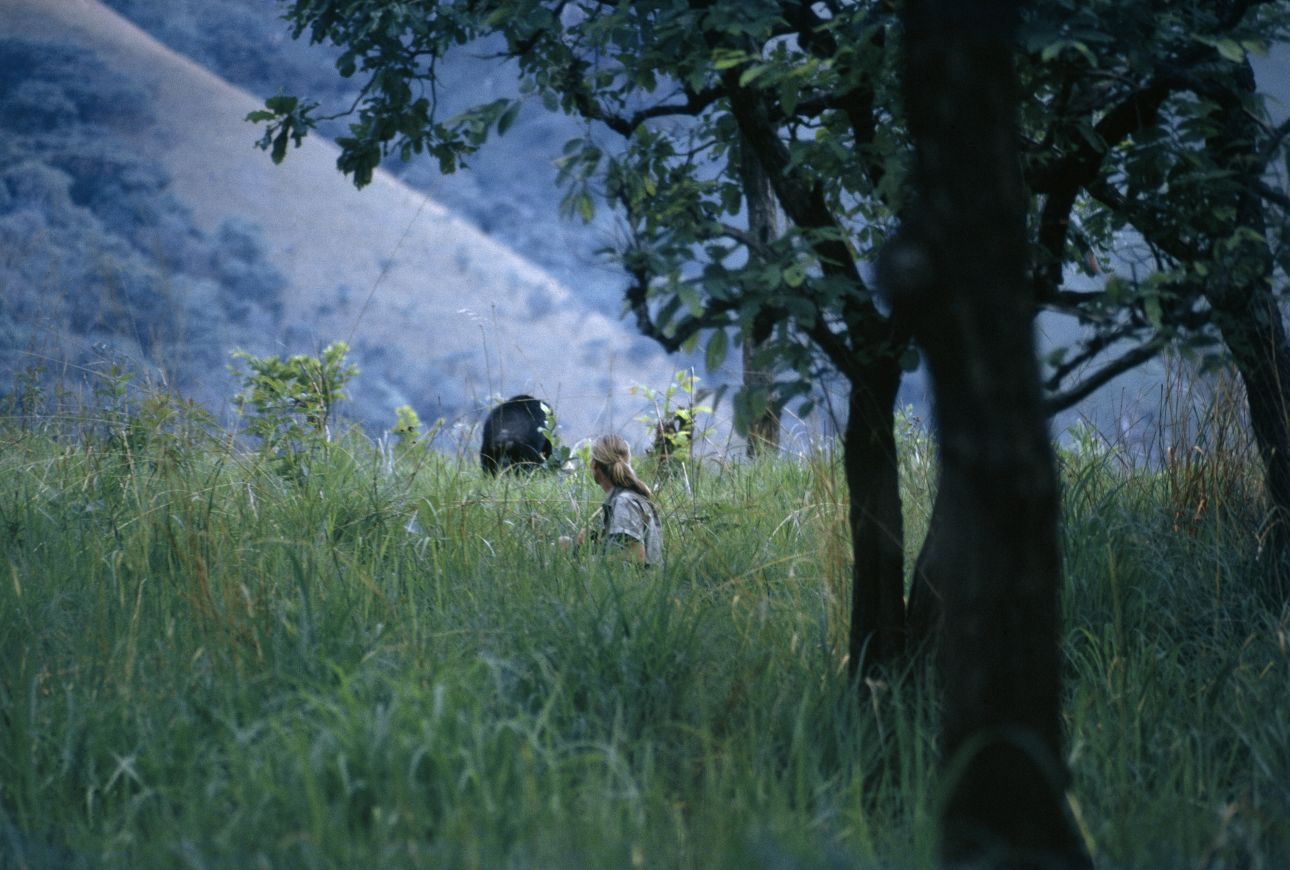
Jane Goodall/National Geographic Creative
Jane Goodall began her career studying chimpanzees in Gombe Stream National Park and is now a world-famous ethologist and conservationist. She was the first to document tool-use in chimpanzees, a novel finding at the time. Since then, scientists have discovered tool-use behaviors in several other animal species, including crows and dolphins. Jane made her initial discoveries through in-person observations of chimpanzee communities in the 1960’s. Scientists continue to observe animal species in the wild to this day, though advancements in technology also allow scientists to monitor some species remotely.
Jane’s discoveries laid the groundwork for other researchers to build upon and provided insights that aid chimpanzee conservation today. Chimpanzees are threatened, like many other species, by poaching and habitat loss. Using tools like satellite technology, Jane, and other scientists are developing conservation strategies to preserve biodiversity and keep chimpanzees in the wild.

Tree of Life
While observing chimpanzees in Gombe Stream National Park, Jane Goodall identified chimpanzee behaviors and characteristics resembling those of humans. Explain that since then, scientists have sequenced the DNA of many animal species and improved upon the tree of life to demonstrate how one species is related to another. Use OneZoom to explore the evolutionary relationships between some of the millions of species of life on Earth. Search for humans to determine our two closest living relatives and identify how long ago the most recent common ancestor of chimpanzees, bonobos, and humans lived. Then research how much of our DNA is shared with chimpanzees and bonobos. Discuss how studying chimpanzees and bonobos might help scientists learn more about human evolution.
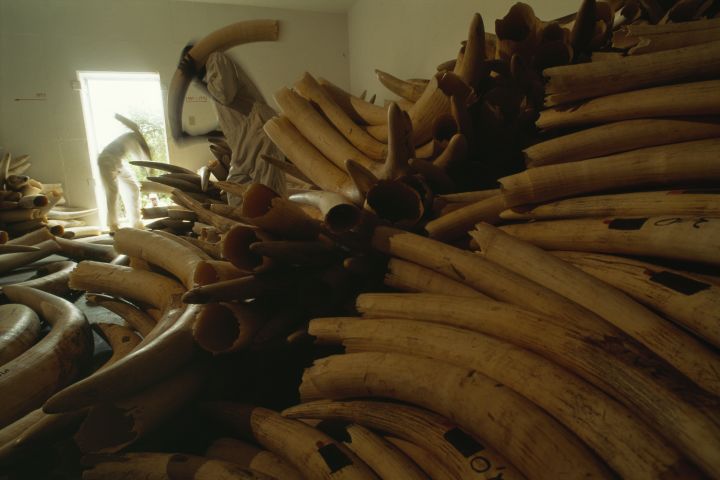
Poaching
Poaching is hunting, trapping, or fishing illegally and it threatens wildlife species worldwide, including chimpanzees for bush meat or pets and elephants for their ivory. Brainstorm reasons animals might be poached then research the main reasons chimpanzees and elephants are targeted across Africa. Watch this video about National Geographic Emerging Explorer Paula Kahumbu's efforts to end elephant poaching in Kenya, or read about the threat of elephant poaching across borders to highlight the need for international conservation efforts. Predict how increases in human population might affect wildlife poaching in the future.
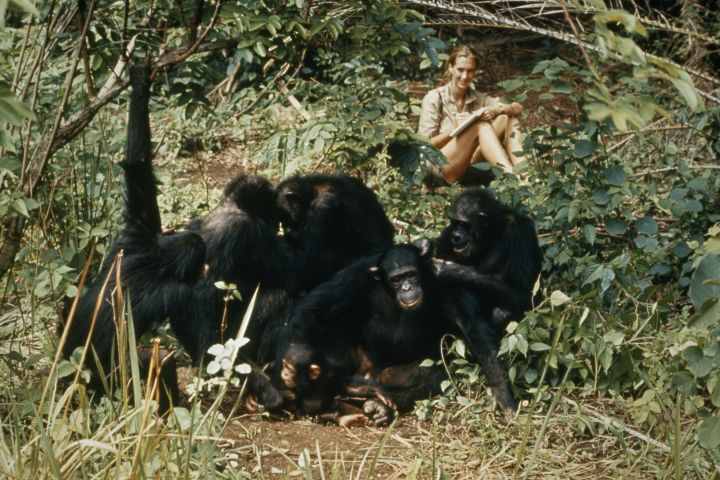
Observing Animal Behavior
Ethology is the study of animal behavior. Read about National Geographic Emerging Explorer Jill Pruetz, who studies chimpanzee behavior. Animal observations can be made in person, as Jill does, or remotely via video. Practice making remote observations using a Cornell Lab Bird Camera to identify and categorize the behavior of a selected bird at regular intervals. Venture outside to study the behavior of local birds in person. Compare the advantages and disadvantages of studying animal behavior in person and remotely then discuss how this research might be useful to conservation efforts.
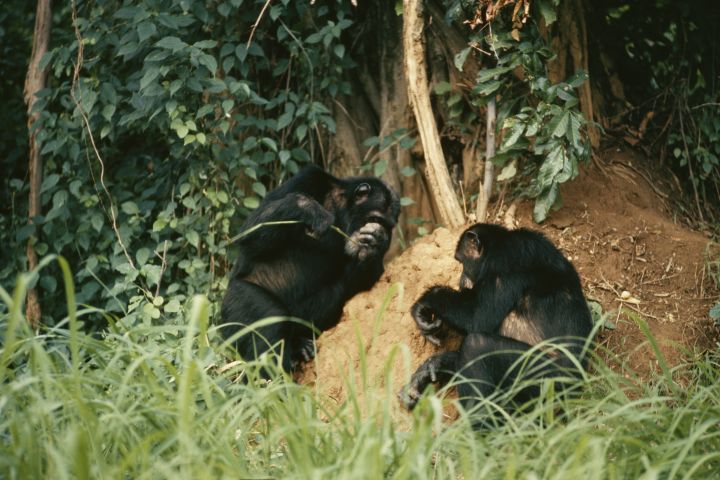
Tool Use in Animals
Jane Goodall made several novel observations of chimpanzee behavior during her studies in Gombe Stream National Park, including their use of tools. Have students watch the video Tool Use to learn about toolmaking in chimpanzees. Read about National Geographic Emerging Explorer Elizabeth Lonsdorf, who continues to further Goodall’s research by working with other scientists to investigate how mother chimpanzees teach their young to use tools. Research tools used by other animals such as dolphins, bearded capuchins, and Hawaiian crows to determine how they are used and when each discovery was made. Predict whether or not scientists will observe tool-use in other species in the future and how they might make such discoveries.

Mapping Habitats
Chimpanzees’ range includes a number of habitat types. Have students research the ecology of chimpanzees to determine the habitat types they occupy. Using National Geographic MapMaker, select the Land Cover layer to identify areas in Africa composed of these habitats. Have students draw polygons around these locations. Compare the possible places with the actual geographic range of chimpanzees determined by the IUCN. Propose reasons why chimpanzees do not occupy all of the areas within their preferred habitat types. Overlay Population Density and Human Footprint layers to the existing National Geographic MapMaker map and discuss human populations as one reason chimpanzee habitat is smaller than expected.

Analyzing Habitat Loss
One major threat to chimpanzee survival is habitat loss. Brainstorm ways scientists can monitor habitat changes, such as deforestation. Read about how satellite images are being used to protect tigers in Asia and explain that NASA is now working with the Jane Goodall Institute to monitor chimpanzee habitat using similar methods. Analyze satellite images of Gombe Stream National Park in 1972 and 1999 to determine how the land cover changed. Examine the difference in land cover between areas in and out of the park to determine how land cover differs between protected and unprotected areas. Predict how the change in forest cover within and around Gombe Stream National Park may have impacted chimpanzee populations.
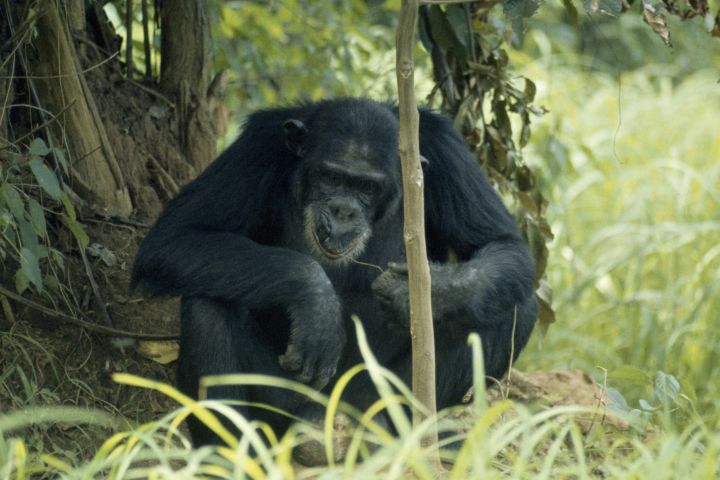
What Does it Mean to be Human?
Jane Goodall’s work at Gombe Stream National Park eventually added to the conversation around what it means to be human. When she discovered that the chimpanzee’s made and used tools – a trait previously thought to define humanity – her mentor wrote, “Now we must redefine ‘tool,’ redefine ‘man,’ or accept chimpanzees as humans.” Brainstorm a list of the behaviors and characteristics that define us as human. Compare the listed ideas to those of Dr. Louis Leaky by watching What Makes Us Human? Write a short essay agreeing or disagreeing with Dr. Leaky using sources that support the position and why.

Science Communication
Jane Goodall was one of the first pop-culture scientist-communicators, before Carl Sagan, Stephen Hawking, or Neil deGrasse Tyson. Brainstorm reasons why it is important for scientists like Goodall to communicate their findings to the general public. Research National Geographic Emerging Explorer Tierney Thys and list the various methods she uses to communicate science. Watch one of her interviews about researching sunfish and conserving oceans as an example of how some scientists communicate information to the public. Research an endangered animal and practice communicating important facts about the animal and ways to help conserve the species through the Photo Ark Challenge.
Media Credits
The audio, illustrations, photos, and videos are credited beneath the media asset, except for promotional images, which generally link to another page that contains the media credit. The Rights Holder for media is the person or group credited.
Writer
Editor
Program Specialist
other
Last Updated
September 17, 2024
For information on user permissions, please read our Terms of Service. If you have questions about how to cite anything on our website in your project or classroom presentation, please contact your teacher. They will best know the preferred format. When you reach out to them, you will need the page title, URL, and the date you accessed the resource.
Media
If a media asset is downloadable, a download button appears in the corner of the media viewer. If no button appears, you cannot download or save the media.
Text
Text on this page is printable and can be used according to our Terms of Service.
Interactives
Any interactives on this page can only be played while you are visiting our website. You cannot download interactives.